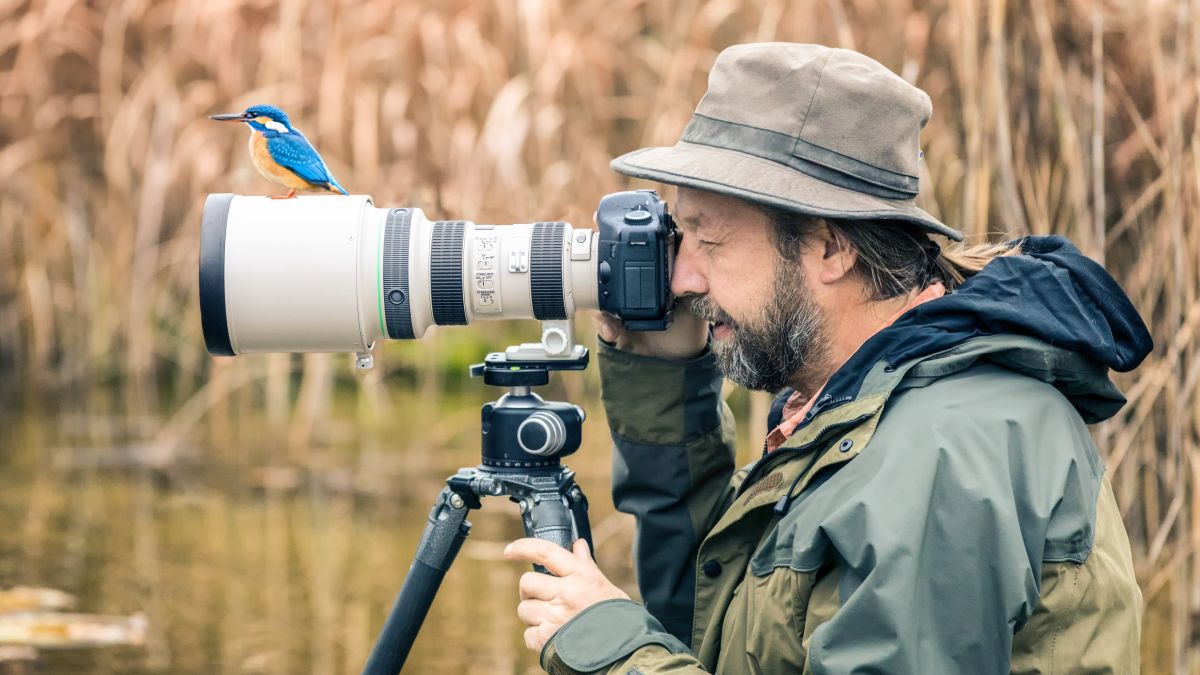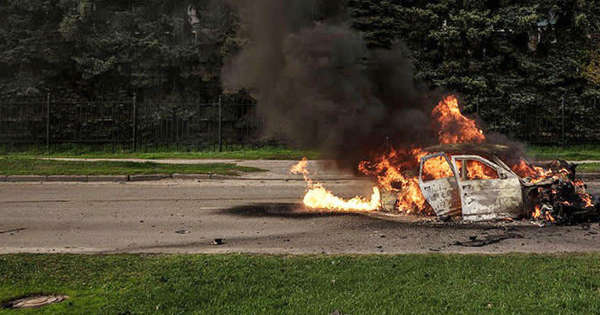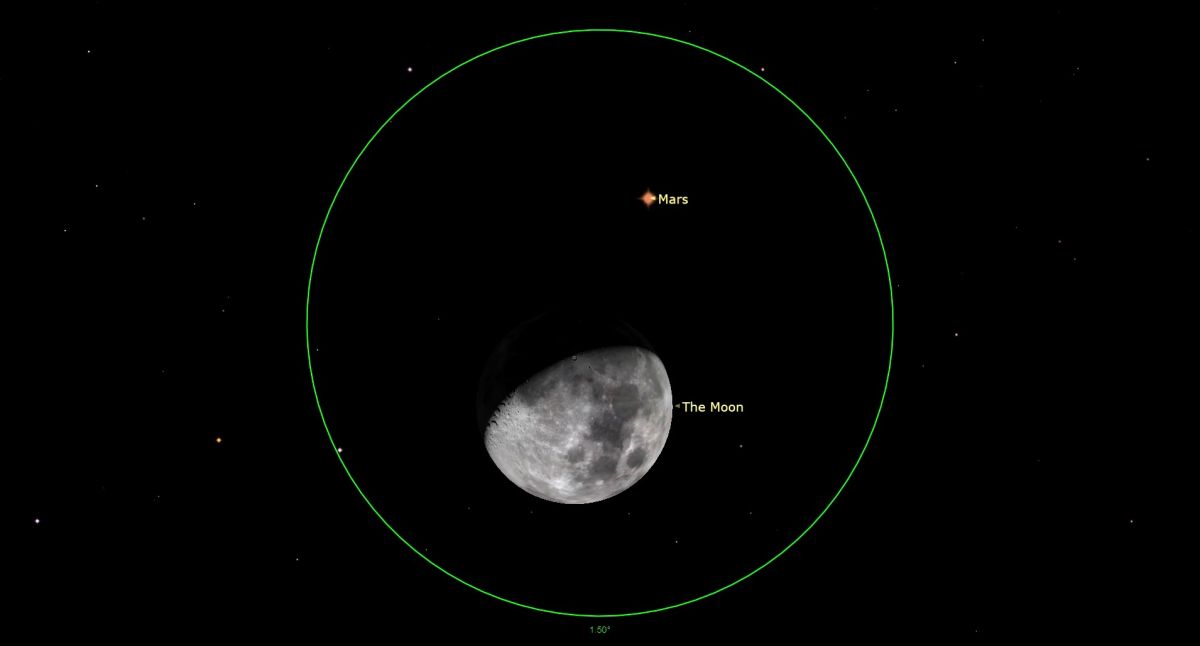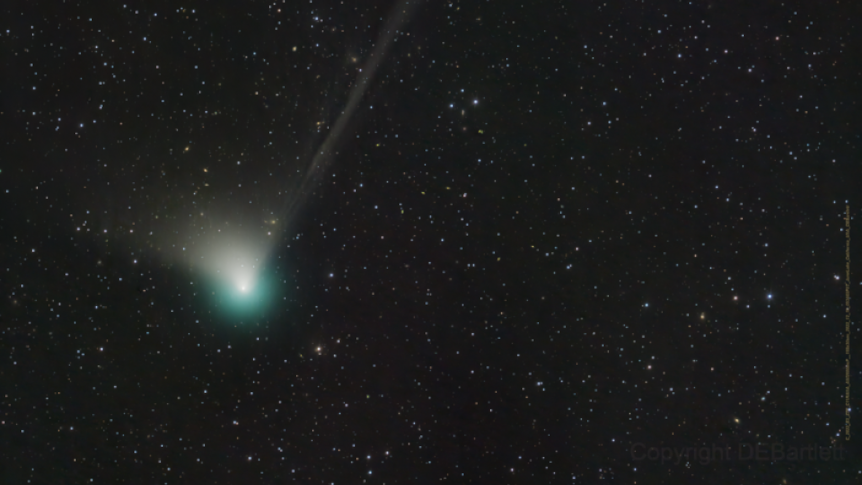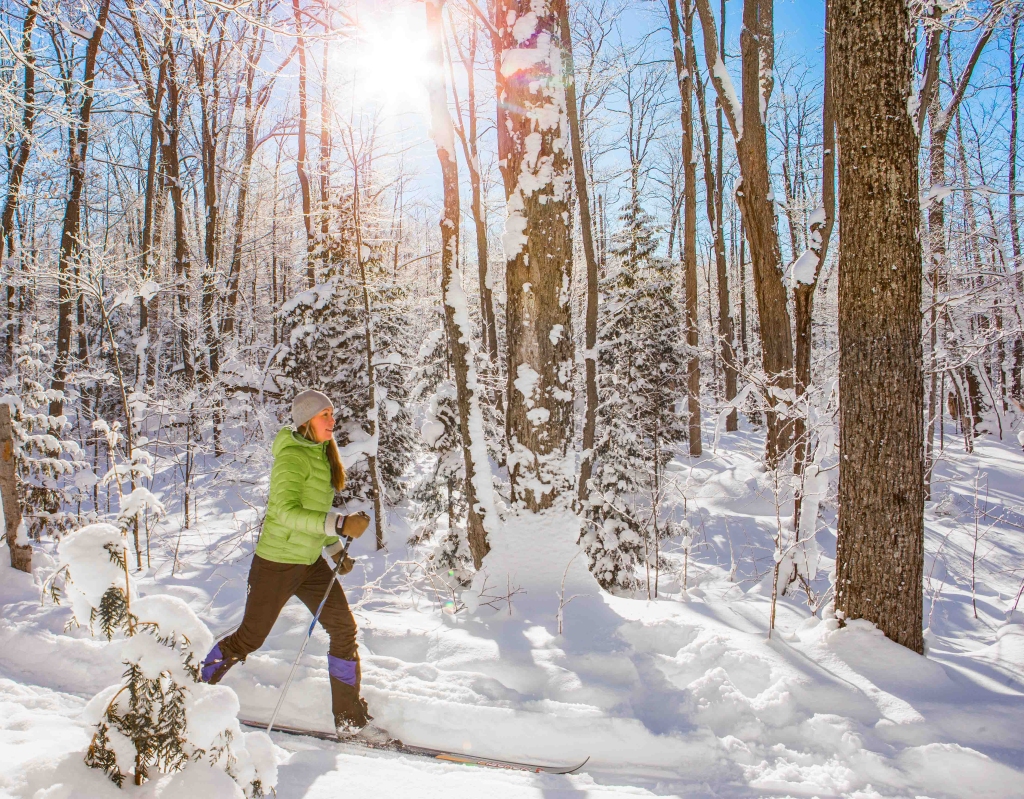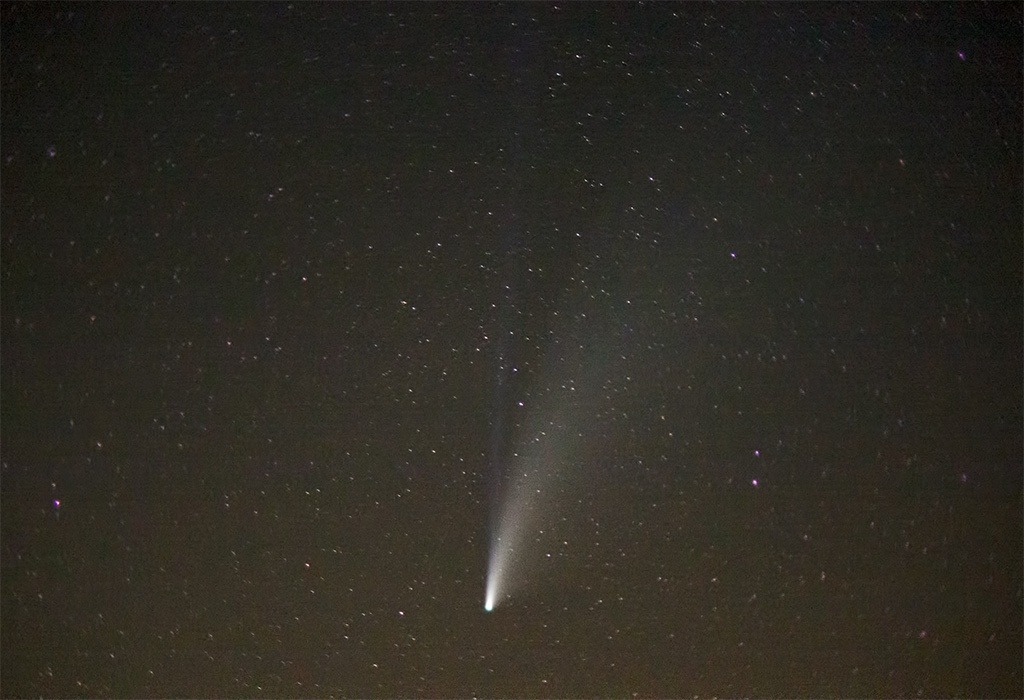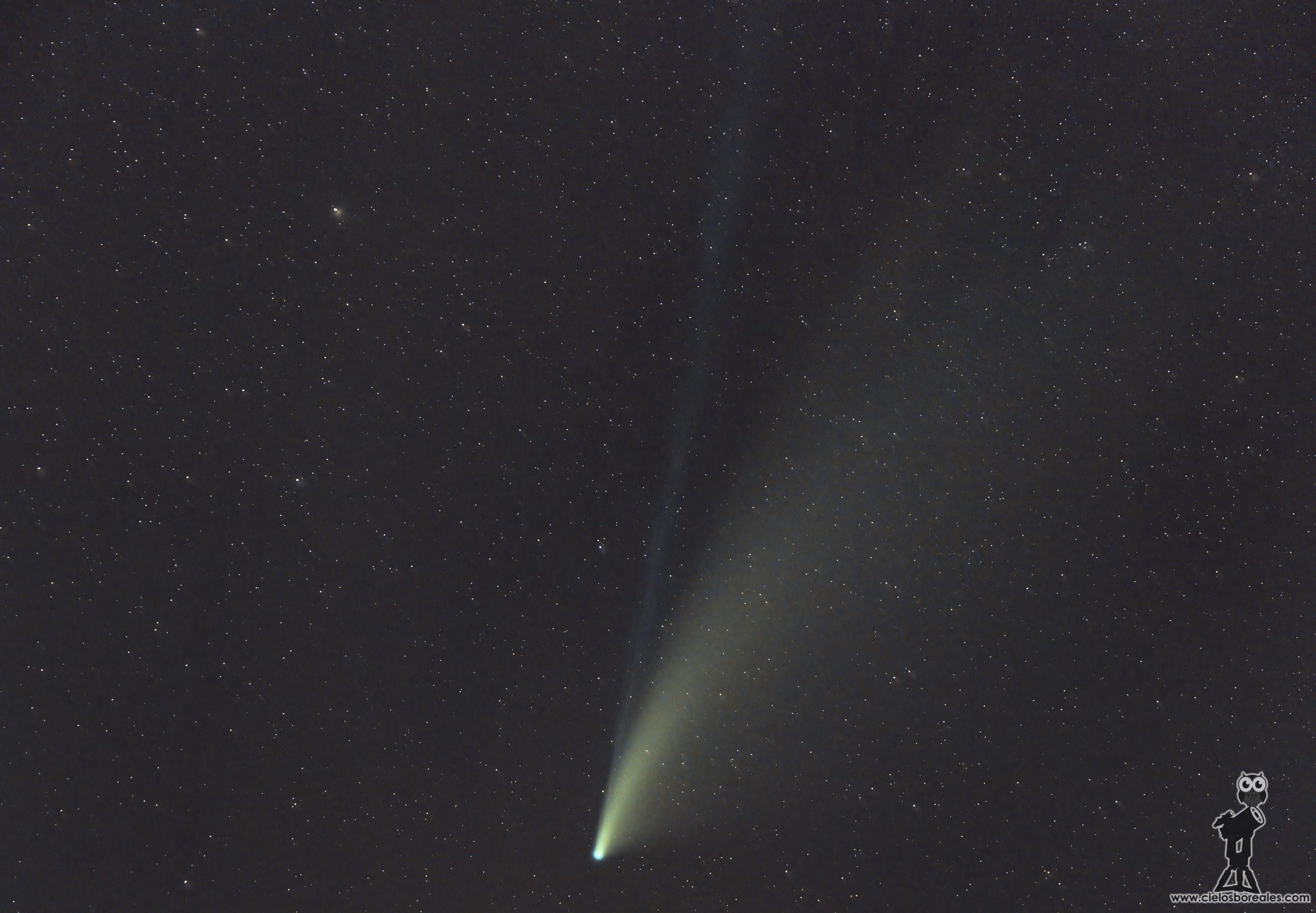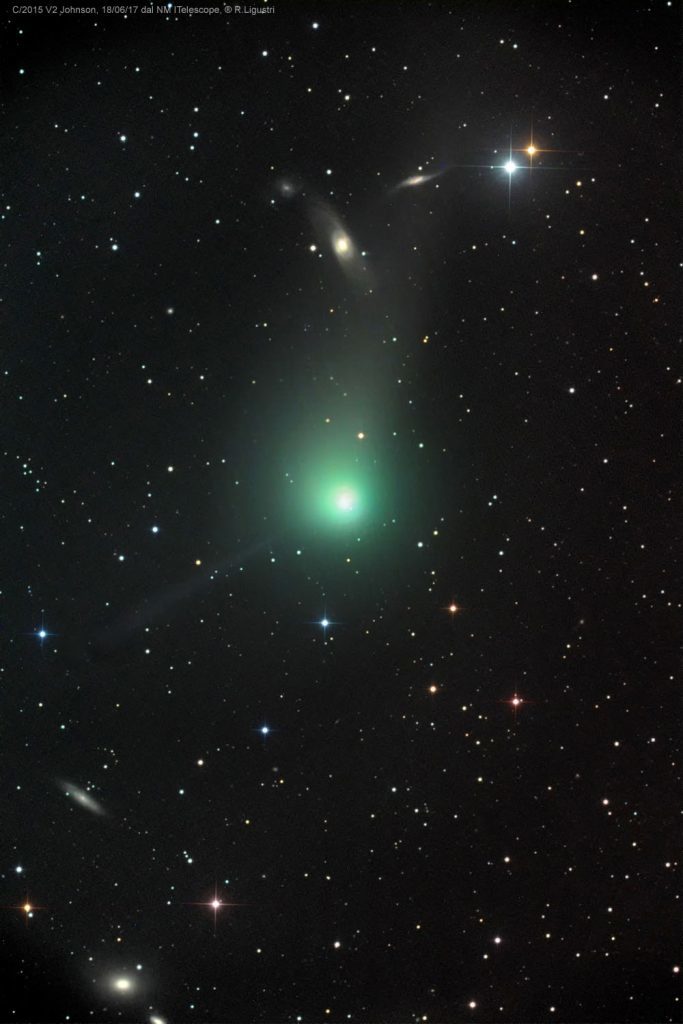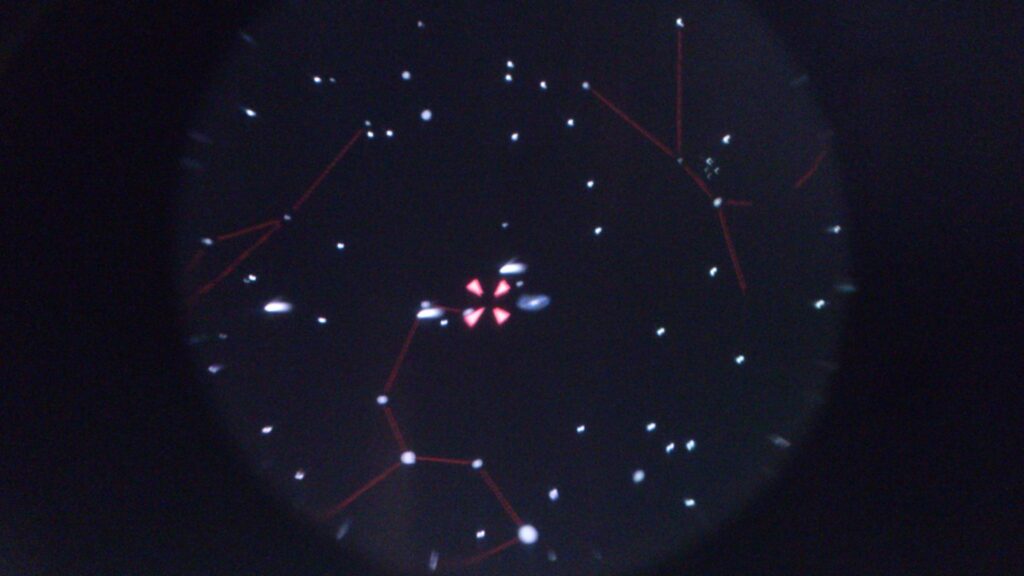[ad_1]
Wildlife photography can be both challenging and rewarding, but it can also be frustrating. The genre is fraught with obstacles, many of which you can’t control. The perfect shot from your hide might be spoiled by an unexpected loud noise, or adverse weather conditions may send your subjects back home to their nest, where you’d also rather be.
These things are largely out of our control, but there are many things that are within our control, and with some careful planning and diligence, you can avoid making simple errors. Here are some of the most common mistakes photographers make when shooting wildlife photography, along with tips on how to avoid them:
Focusing mistakes
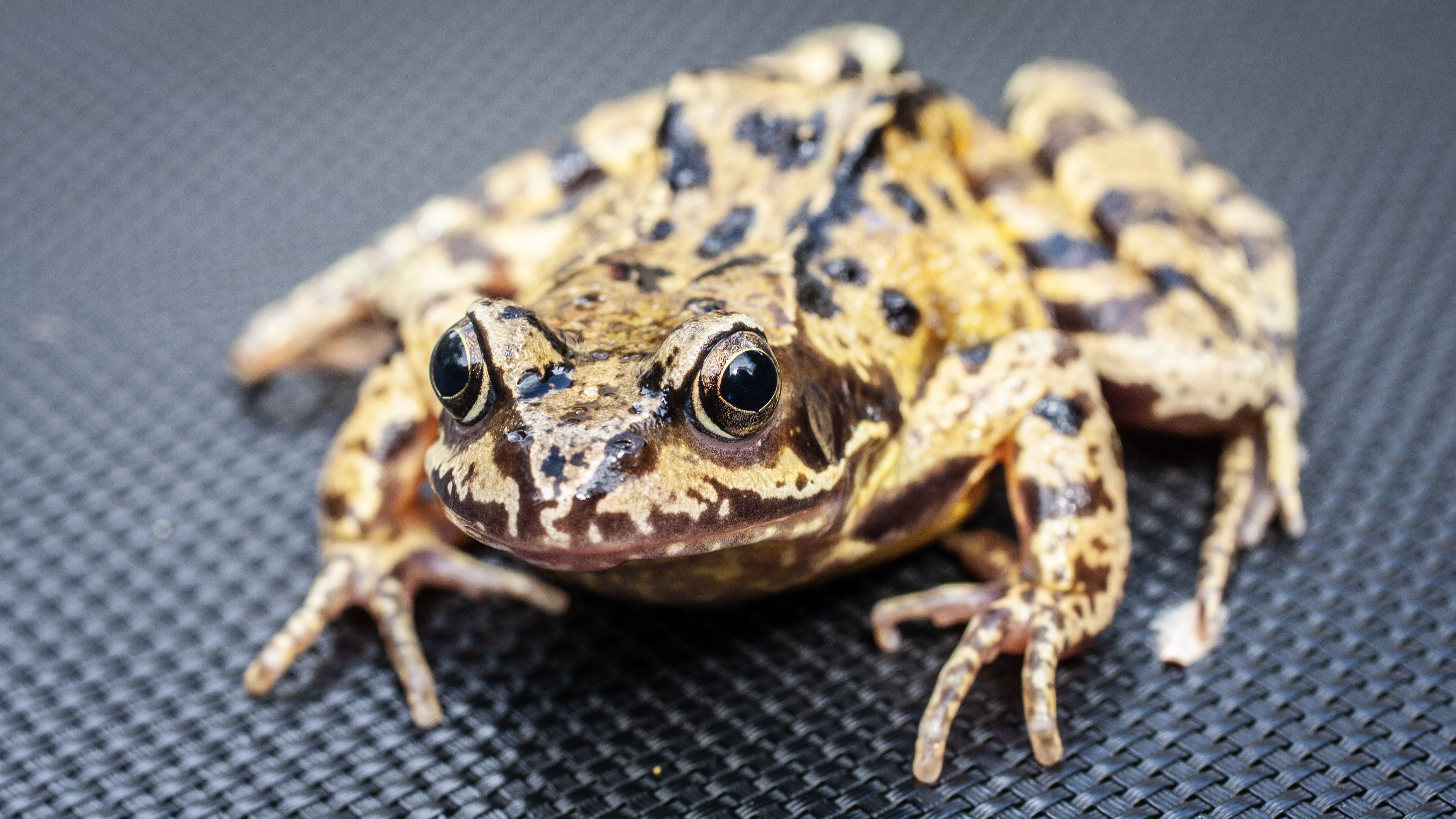
One of the biggest mistakes photographers make when shooting wildlife is getting the focus wrong. This can happen for a variety of reasons, such as using the wrong focus mode, not focusing on the right part of the frame or not focusing quickly enough to keep up with fast-moving animals.
To avoid these focusing errors, make sure you use the appropriate focus mode for your subject. A good rule of thumb is to use continuous focus for moving animals and manual focus for stationary animals. Pay attention to the focal plane and try to focus on the eyes of the animal.
Automatic AF point selection systems often look for the nearest object towards the center of the frame, so if you let your camera choose the AF point itself your subject may not be in focus. This is especially true if your intended target is surrounded by vegetation. It’s easy for your camera to lock onto the wrong part of the scene. Therefore, it’s essential that you select the AF point yourself.
What’s more, the AF systems in many cameras now have subject detection and Animal Eye AF modes. If your camera offers this, you’ll want to enable it. Most work without fail, and they remove a lot of the pressure to constantly check you focus, freeing you to keep your attention on your subject and the composition.
Camera shake is also one of the easiest ways you can spoil an otherwise perfect image. Movements to or within your camera, even slight, can introduce blur. This is particularly a problem when shooting with long lenses. Telephoto lenses are big and bulky and should be supported on a tripod or monopod to keep them steady.
You also need to use a shutter speed that’s fast enough to freeze any subject movement. If you can’t get the shutter speed high enough, push the sensitivity setting up a little. Alternatively, if possible, wait until the animal is stationary.
Yes, using a high sensitivity setting will introduce some noise, but most modern cameras are very good at reigning in noise at high ISOs compared to several years ago. And even if there is a bit of noise, in most cases this is preferable to coming away with a blurred image.
If you want to lock in a fast shutter speed and don’t mind a higher ISO, the best option is to shoot either in shutter priority or manual exposure mode so that you can control the shutter speed.
Exposure mistakes
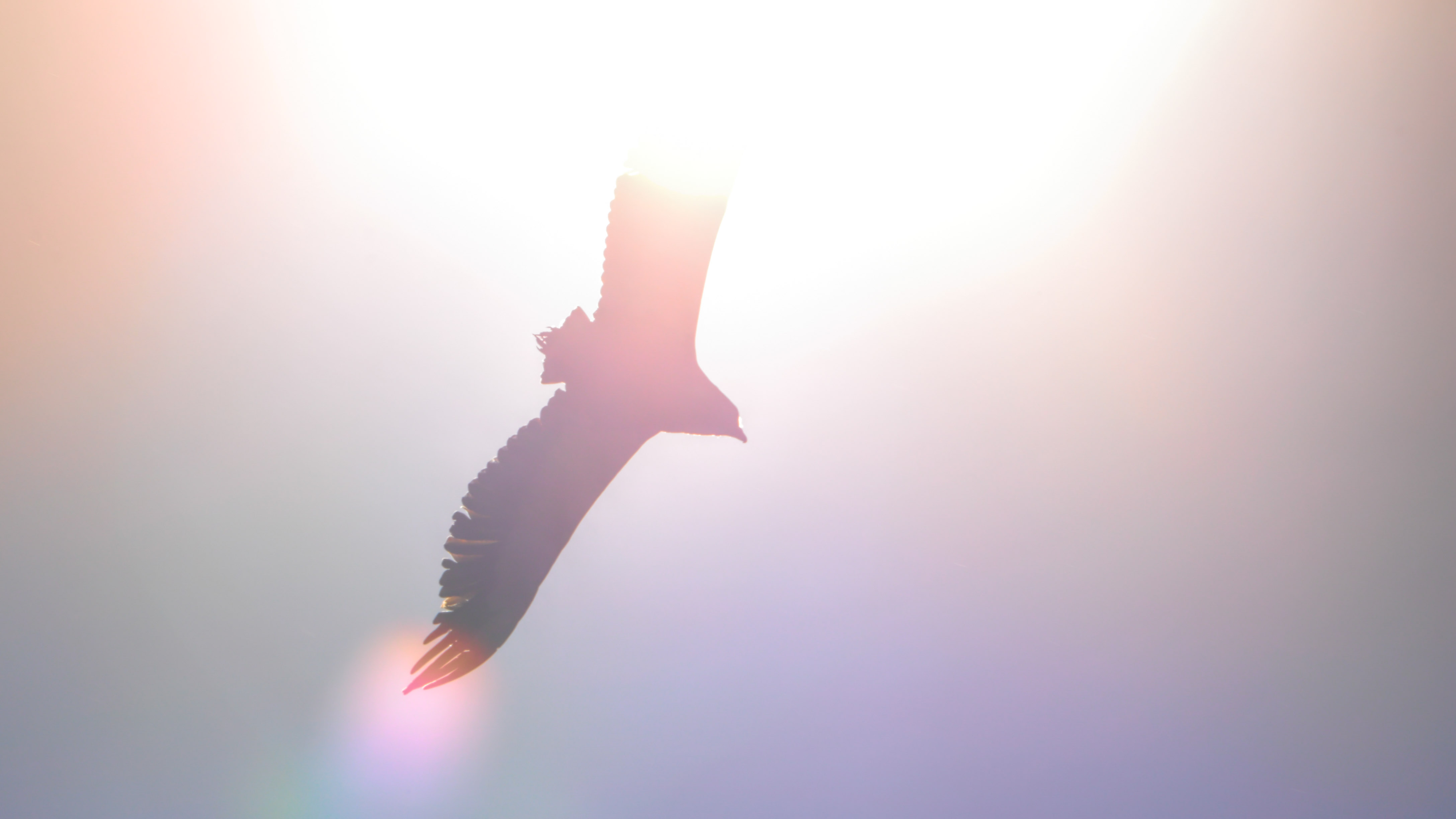
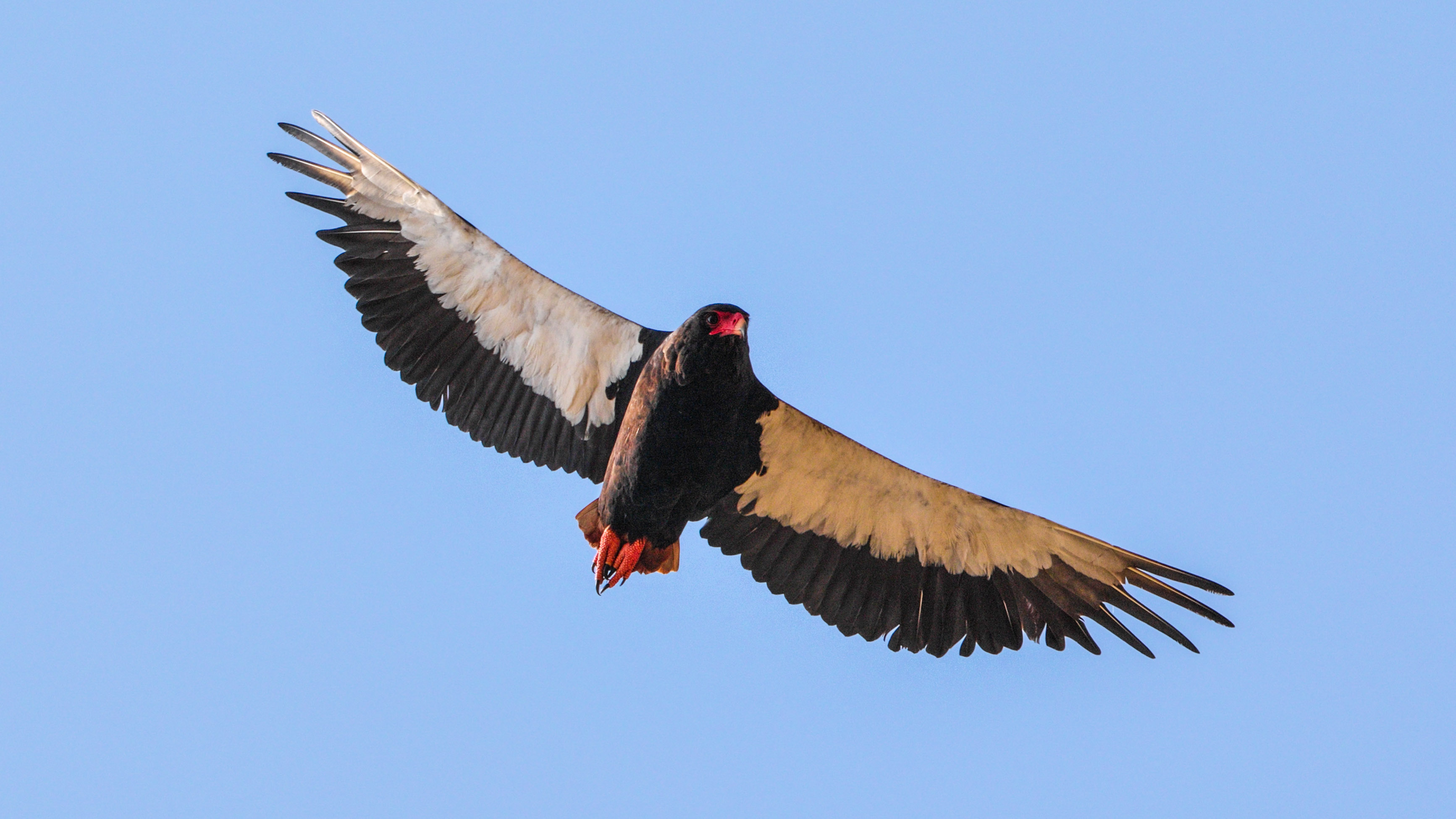
Exposure mistakes are very common in wildlife photography, often resulting in images that are too bright or too dark, or that have blown-out highlights or blocked-up shadows. Part of the problem is that animals are often small and set against a very bright or dark background, which makes it difficult to expose the subject correctly.
It can be particularly tricky, for example, to expose birds in flight correctly because the bright sky can fool your camera’s exposure system into under-exposing the image. In these instances, try using center-weighted or even spot metering. Provided that the metering point is linked to the AF point and that you keep the active AF point over the subject, these modes should ensure that the subject is correctly exposed, although the brightness or darkness of the image of the subject will play a part.
You can also help avoid exposure mistakes by using the exposure compensation dial on your camera to fine-tune the exposure.
Composition and framing mistakes
Another mistake that photographers often make when shooting wildlife is not paying attention to the composition and framing of their images. This can result in images that are poorly composed or have distracting elements in the frame.
Wildlife photography often involves waiting around for long periods of time, and when your subject finally comes into view it’s tempting to start shooting immediately – especially if it’s the first time you’ve seen a particular species. There’s no real harm in this but think about the composition of your shots in the same way as you would with any other photograph. Don’t have the subject cut off by the edge of the frame, for example.
Try to use the rule of thirds when composing your shots, and fill the frame with the animal or scene you are photographing. Pay attention to the background and try to avoid including distracting elements that take away from the main subject of the image.
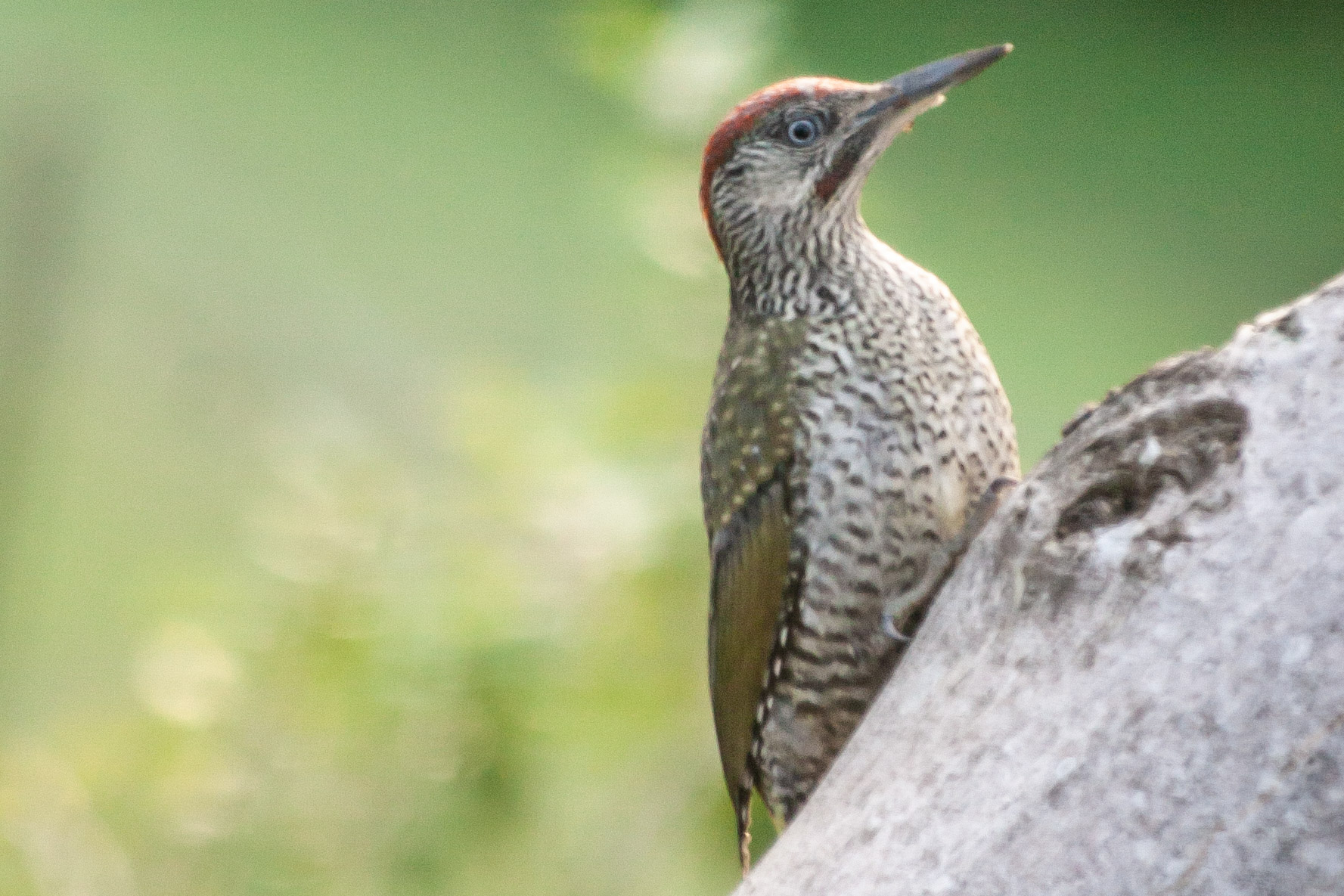
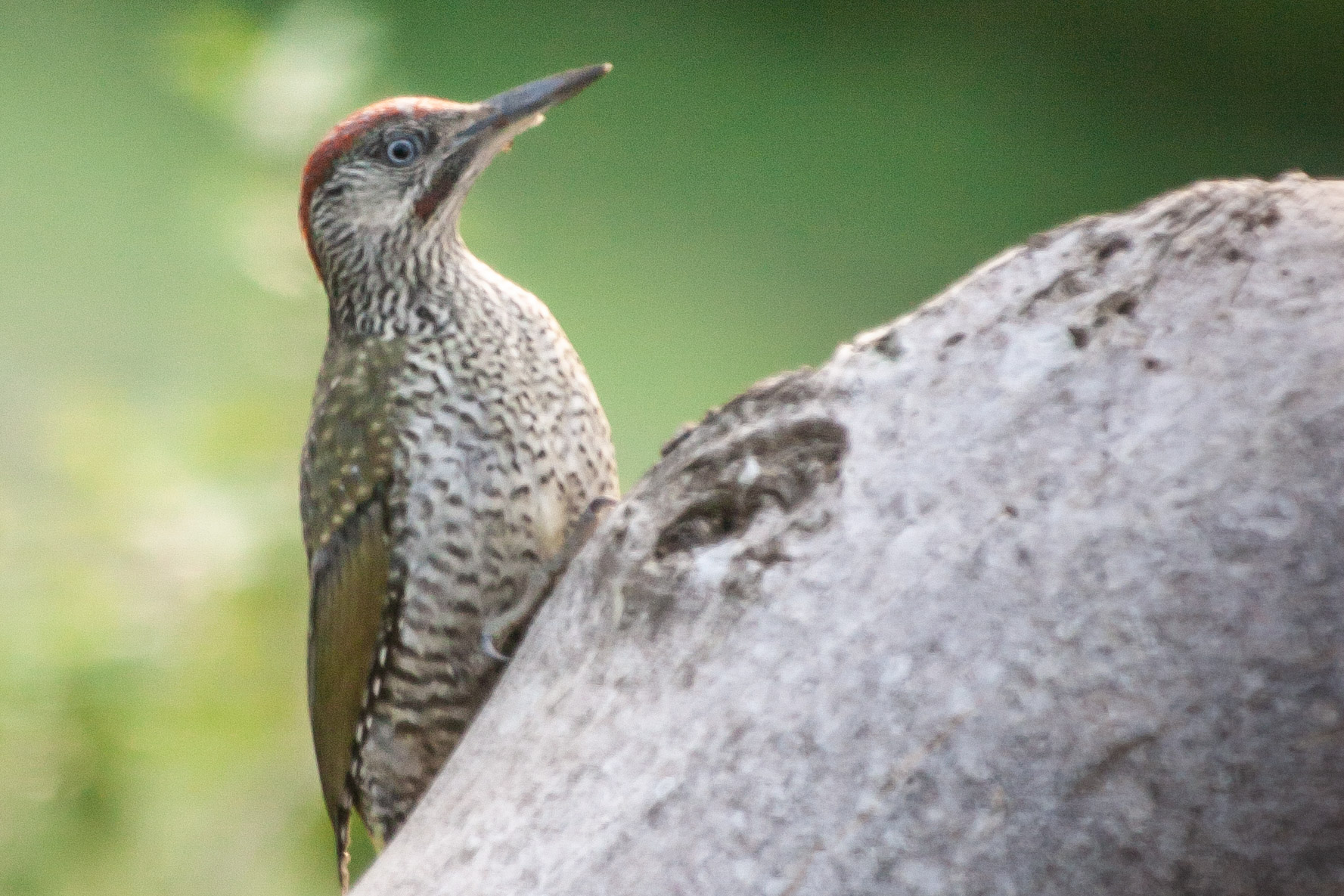
The direction of an animal’s gaze is also important. Although it’s exciting to get a shot of an animal you’ve never seen before, it’s not enough just to get a record shot. You want to be able to see its most interesting features, which is typically its face. Wait until the animal is looking towards the camera, or at least its face is visible, before you focus and take the shot.
Just as you would with a portrait, frame the animal so it’s looking into space in the image rather than straight at the edge of the frame. This is especially important if the animal is moving, as you want to give the impression of it having space to move into rather than feel like it’s about to step out of the shot.
Avoid signs of human intervention
Although it’s perfectly acceptable to use food or nest boxes to attract animals into an area where they can be photographed, you don’t usually want the signs of human activity or intervention to be visible. A few shots of the bird on a feeder may be nice, but as you get more skilled at wildlife photography, look for ways to conceal the fact that you’re feeding them. You may be able to hide the food in the cracks of the rough bark of a log, for example, or you could push peanuts into the ground so they are not visible from your shooting position, but the squirrels and birds can still get at them.
Similarly, if you are shooting in a zoo you may want to avoid signs that the animal is in captivity. This can be tricky, but if you shoot with a long lens and wide aperture you can blur the background, concealing the fact that it’s man-made. In some cases it’s even possible to blur out the cage in the foreground.
Dressing inappropriately
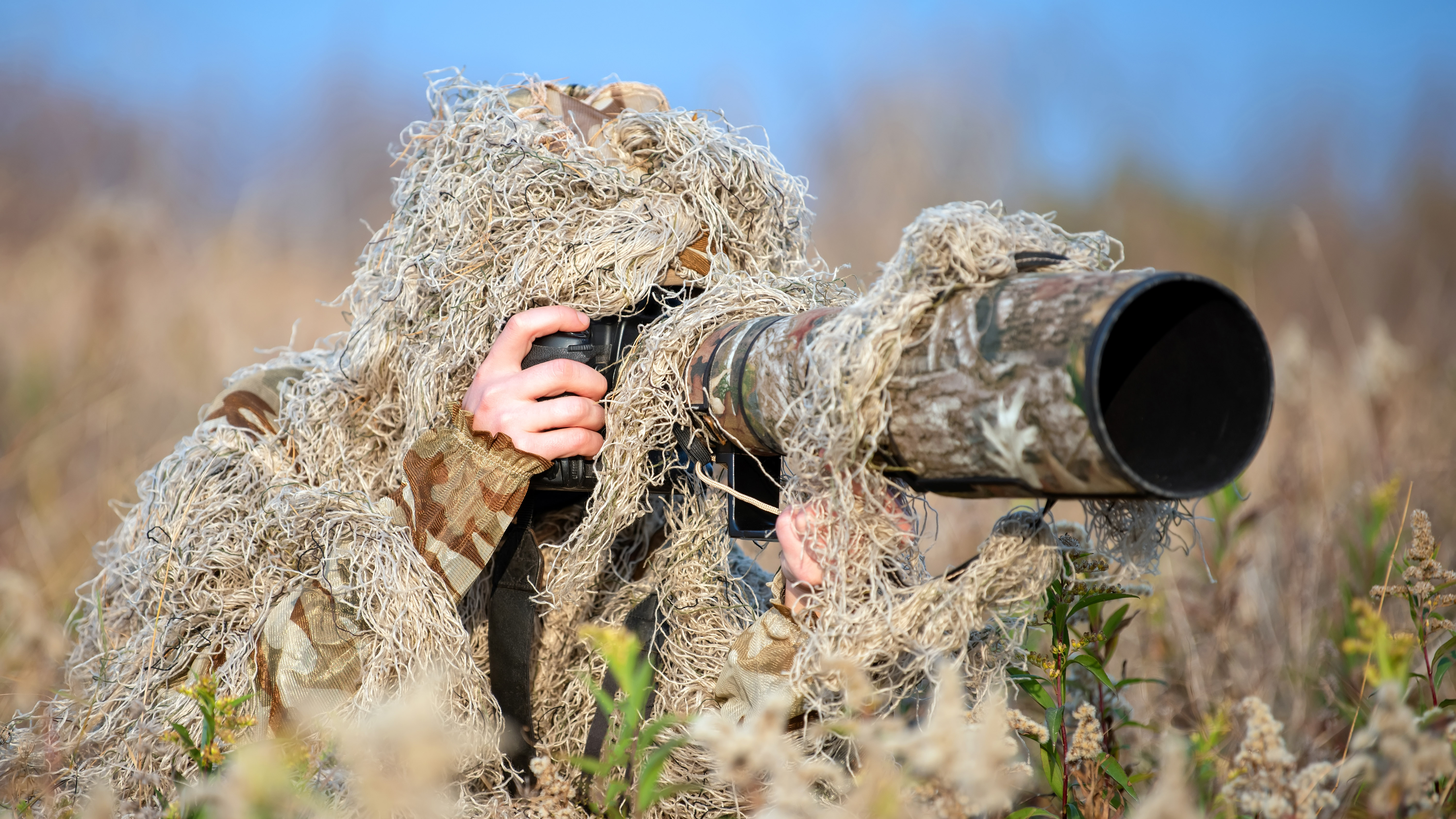
When shooting wildlife, it is important to dress appropriately and try to blend in with your surroundings to avoid attracting too much attention. Wearing bright colors or making too much noise can cause animals to become agitated or scared, which can ruin your chances of getting good photographs. Try to wear neutral colors that blend in better with your surroundings and be as quiet as possible when approaching animals.
Disturbing your subject
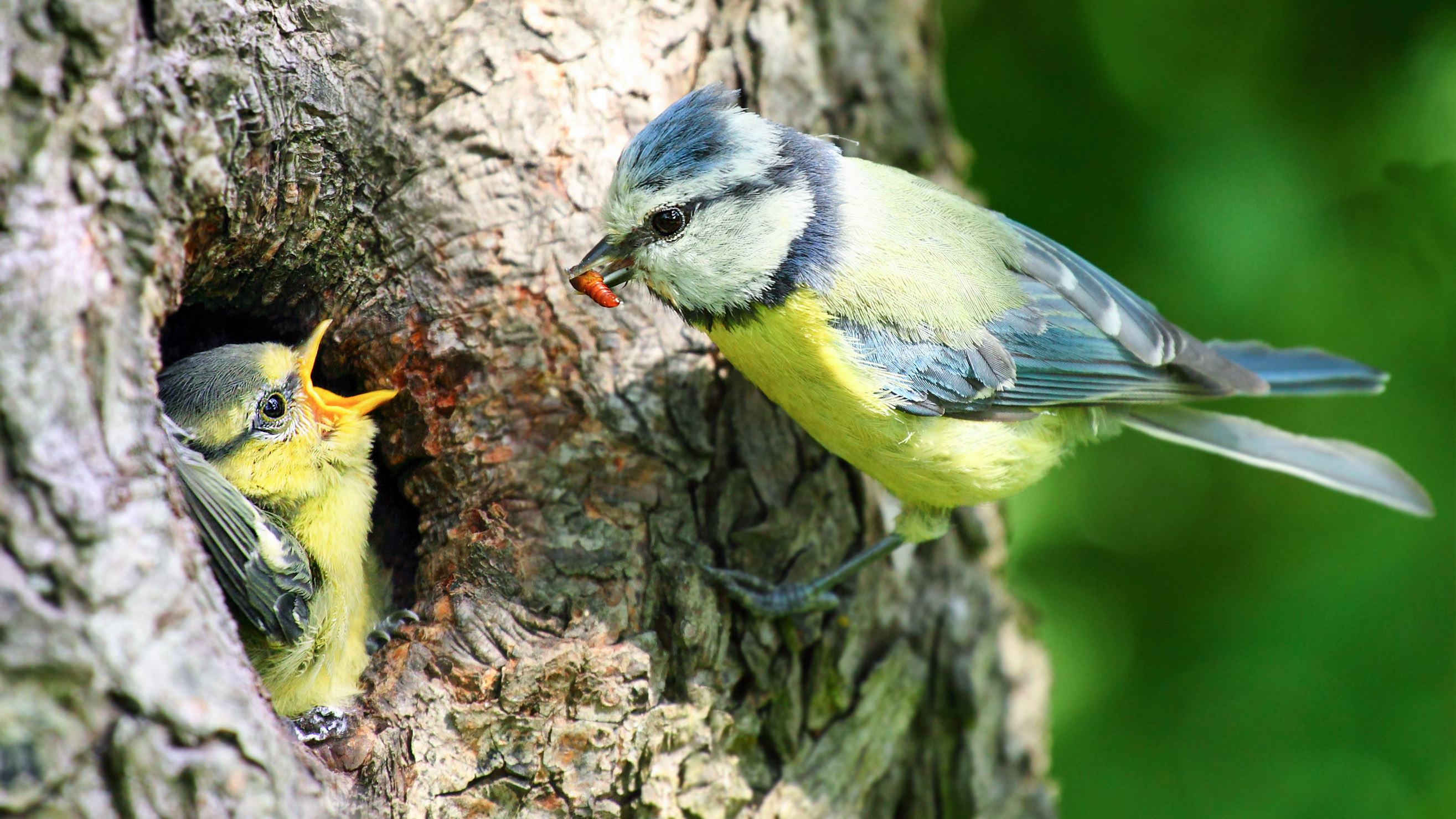
This is the cardinal sin of wildlife photography. While it’s not a major issue for a few birds to be spooked from your peanut dispenser in the back garden, it’s another matter entirely if they are scared away from their nest.
Be especially respectful of animals with young and around breeding time. You should aim to shoot without the animals being aware of your presence.
Read more
[ad_2]
